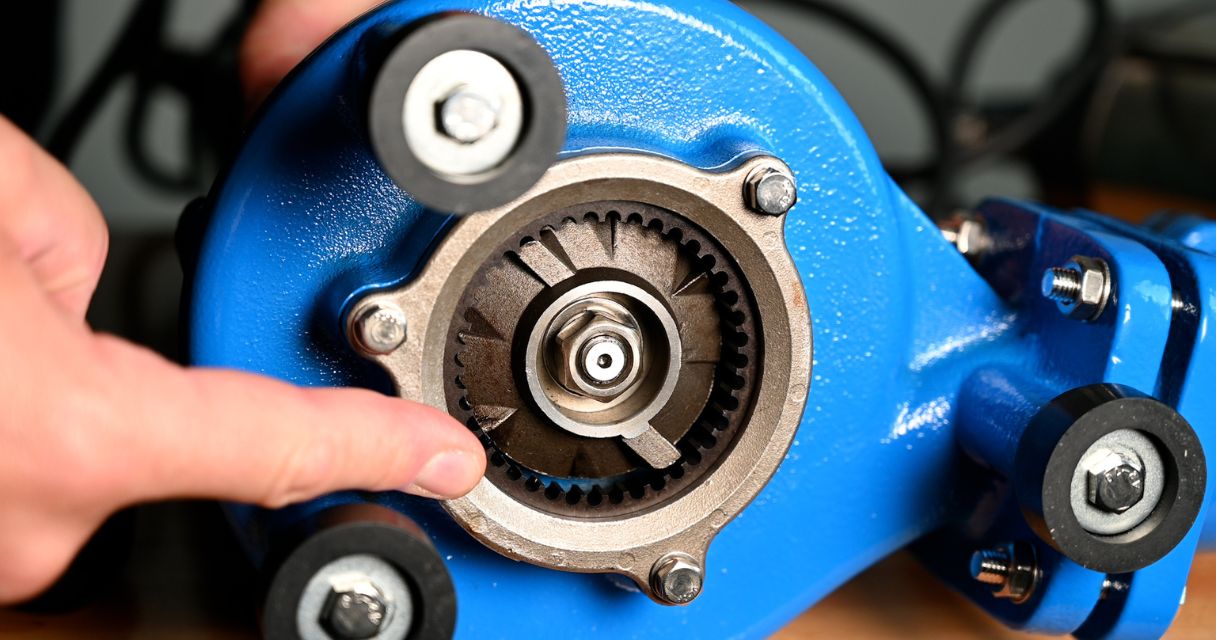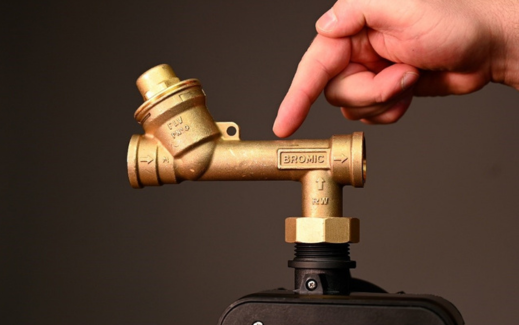Manual changeover and automatic changeover dual-stage gas regulators are used for multi-LPG cylinder setups.
Once one LPG cylinder runs out, an automatic changeover regulator will automatically switch from using one gas cylinder to another. For manual changeover regulators, the user will need to manually reset the valve after the first gas cylinder runs out.
Manual changeover gas regulators mean that you are less likely to unknowingly end up with two empty gas cylinders. However, they mean that you will have to pause gas usage and switch cylinders manually.
Using an automatic changeover gas regulator means that you don’t have to pause gas usage. However, you will need to routinely inspect your set-up to ensure that gas bottles are not empty.
To suit your preferences and needs, Bromic supplies both automatic and manual changeover gas regulators.




